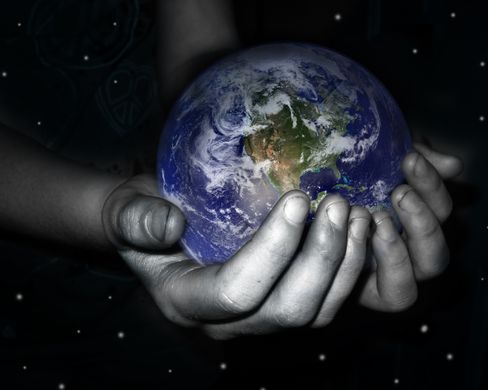 PEACEMAKING IN OUR BELOVED COMMUNITY PEACEMAKING IN OUR BELOVED COMMUNITY Peacemaking, briefly, is the art of bringing everyone back into the circle, held with the same resources, love and support (for more, see https://skyness.net/peace/). It’s something many of us do as part of our daily lives, and this is a way to raise our awareness of that. Michael Glaser is a Hanuman-energy at our camps (with a dose of Coyote the Trickster as well.) When he’s not with us, this is what he does in the world, in his own words. Young, and dumb is what motivated me to travel across equatorial Africa by motorcycle in 1972. That Indiana Joneseque adventure – survival beyond my first 21 years was challenged a number of times – changed my life. The Africans were so welcoming and giving of what little they had. And seeing so many children with swollen parasitic bellies wanted me to return with remedial resources. It took going to engineering school, and a 30-year career, to develop those resources. And now I’m in Africa with Global Partners for Development (GPFD), a NGO. The PeaceMaker visual of cupped hands is apt for what I do: bring clean potable water, primarily wells, to remote East African primary and secondary schools. Our school-based work also includes sanitation projects (typically latrines) with adjunct hand wash stations, and classroom construction. Within the African culture it is the girls’ responsibility to fetch water. Girls can walk one or more miles to a water source (frequently contaminated). This prohibits them from attending school. Now that the water source is at the school they can attend classes. GPFD also provide girl scholarships to facilitate their attendance. We also provide Community Development Education (CDE). Our local GPFD partners/employees work with rural communities to teach the members how to work together to define and fulfill community needs. Once the CDE process is completed, the community proposes the project need to be funded by GPFD. GPFD-USA essentially only funds the projects. The community is required to contribute 15-20% of the project cost to further their ownership in the community development process. The contribution can be materials, labor, and/or money. Post-project, our partners continue to monitor and evaluate the communities to better assure sustainability through proper operation and maintenance. This is my 35-year retirement plan. My time is all voluntary, with no monetary compensation, but the heartfelt appreciation of parents knowing their children will be healthy and educated cannot be quantified. Their appreciation is without subservience, because we only facilitated what they created. There are those other ways they excitedly show their appreciation. When I visit Africa I work 10-12 hour days with only a couple of days off in the typical month-long trip. I look at projects in the preliminary, mid, and completed phases of construction. The reward comes at the completed projects, sitting in the front row of the colorful traditional ceremonial celebrations all in our honor. They have so little, but they are so generous with feast and handcrafted gifts. At one such ceremony the community leader mentioned me specifically. The year before when I visited to determine a well location I had climbed a very craggy 400 foot face to see where they were currently fetching water. They were skimming water from a trickle with a tea cup to fill 5-gallon jugs. At the ceremony the community leader said, “If this old white man can climb our rock we can contribute our 15%.” An initiation ritual into the community is frequently included, which includes a tribal name. The most memorable has been the bestowing of my tribal name, Bahli (old successful warrior). You cannot put a price on that. In full disclosure there is a cost to me for these experiences. A one-way flight is typically 30 hours, or more. It’s the return flight after a month of long hard days that’s so hard on this old white man’s body. The soul, now that’s a different story. |

